Home>Garden Essentials>How Long Does It Take To Grow Pomegranate From Seed
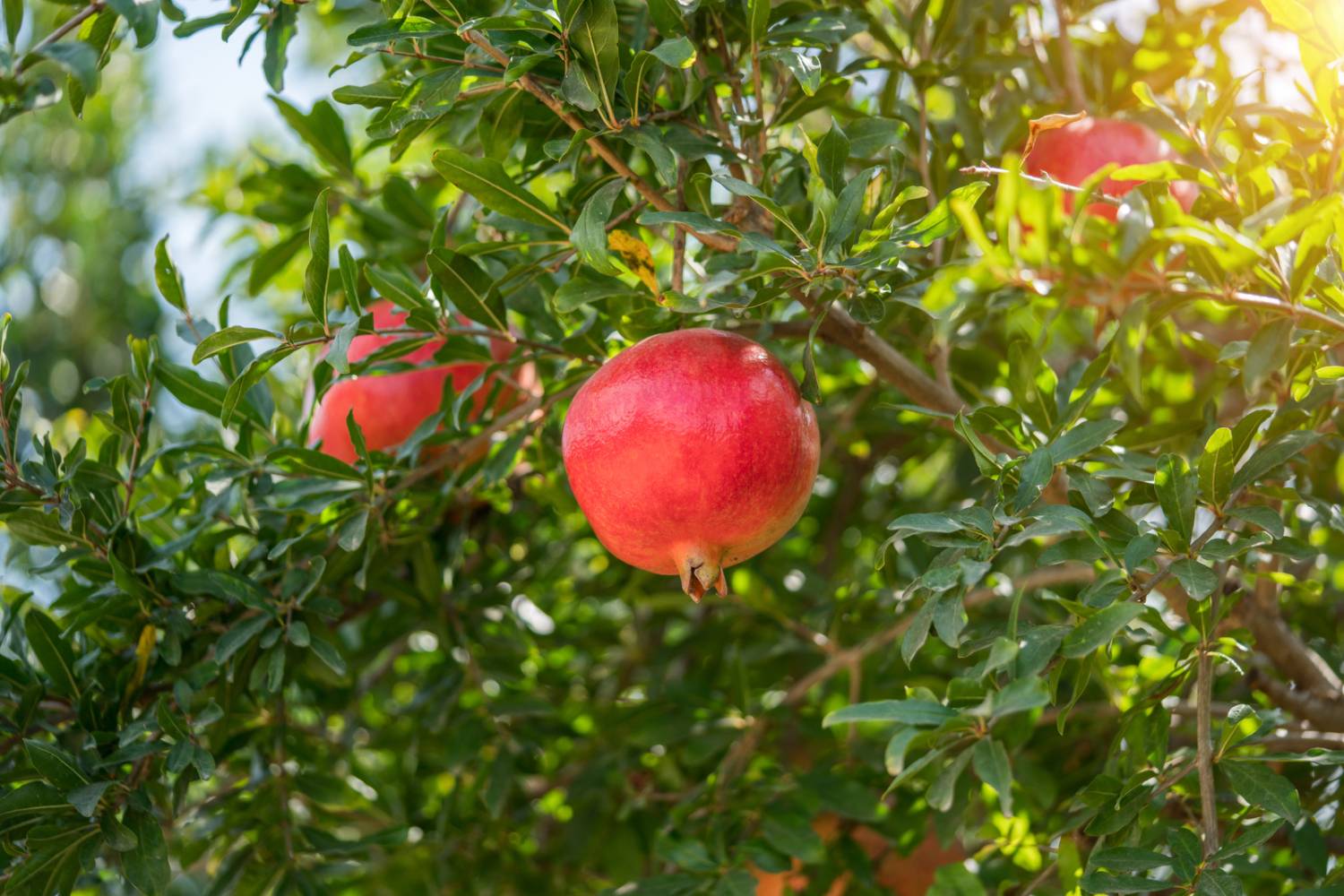

Garden Essentials
How Long Does It Take To Grow Pomegranate From Seed
Modified: March 16, 2024
Learn how long it takes to grow pomegranates from seeds in your garden. Discover expert tips and techniques to successfully cultivate these delicious fruits.
(Many of the links in this article redirect to a specific reviewed product. Your purchase of these products through affiliate links helps to generate commission for Storables.com, at no extra cost. Learn more)
Introduction
Welcome to the world of pomegranates! If you’ve ever tasted the juicy arils (seeds) of a ripe pomegranate, you know just how delicious and nutritious these fruits can be. Growing your own pomegranate tree from seed is not only a rewarding experience, but it also allows you to enjoy the bountiful harvest of this vibrant fruit.
Before we dive into the process of growing pomegranates from seed, it’s essential to understand a few key factors. First and foremost, it’s crucial to select the right pomegranate seed variety. Different varieties have distinct characteristics, such as flavor profile, fruit size, and hardiness. Secondly, patience is key when growing pomegranates from seed, as it can take a few years before your tree becomes fruit-bearing. However, the journey is worth it, as you’ll witness the enchanting transformation from a tiny seed to a robust, fruit-laden tree.
In this article, we’ll guide you through the process of selecting, germinating, planting, and caring for pomegranate seeds. We’ll also explore the timeframe for pomegranate seed growth and the excitement of eventually harvesting your own homegrown pomegranates. So let’s roll up our sleeves and embark on this horticultural adventure!
Key Takeaways:
- Growing pomegranates from seed requires patience, as it can take several years for the tree to bear fruit. Select the right variety, provide care, and enjoy the rewarding journey of nurturing your own pomegranate orchard.
- Harvesting pomegranates from seed-grown trees is an exciting culmination of your efforts. Enjoy the delicious fruits, explore culinary delights, and savor the unmatched flavor of your homegrown pomegranates.
Selecting the Right Pomegranate Seed
When it comes to selecting pomegranate seeds for planting, there are a few factors to consider. First and foremost, you’ll want to choose a variety that is suitable for your climate. Pomegranates thrive in warm, Mediterranean-like climates but can also grow in more moderate regions. Research the different pomegranate varieties and their respective hardiness zones to ensure you select a seed that will thrive in your specific area.
Aside from climate suitability, you may also want to consider the flavor and size of the pomegranate fruit you desire. Some varieties bear large, sweet arils, while others may have smaller, tangier arils. Take into account your personal preferences and culinary needs when selecting a pomegranate seed variety.
It’s worth noting that a pomegranate tree grown from seed may not necessarily yield the same fruit as the parent plant it came from. Cross-pollination can result in genetic variations. While this adds an element of surprise to the process, it’s essential to have realistic expectations and embrace the uniqueness of your seed-grown pomegranate tree.
Where can you source pomegranate seeds? The easiest way is to save seeds from fresh pomegranate fruits you’ve enjoyed. Simply remove the seeds from a ripe pomegranate, rinse them clean, and allow them to dry completely. Alternatively, you can purchase pomegranate seeds from nurseries or reputable online seed suppliers.
Remember to choose seeds that are plump and firm, as this indicates their viability for germination. It’s also a good idea to choose multiple seeds to increase the chances of successful germination, as not every seed may germinate. With the right seed selection, you’re ready to embark on your journey of growing pomegranates from seed.
Germinating Pomegranate Seeds
Now that you have selected your pomegranate seeds, it’s time to kickstart the germination process. Germinating pomegranate seeds can be done using various methods, but the most common and reliable approach is the wet paper towel method.
To begin, gather a few sheets of paper towels and moisten them with water. Lay the damp paper towels flat on a clean surface, then place the pomegranate seeds on top, spacing them out evenly. Fold the paper towel over the seeds to cover them completely, creating a seed-filled sandwich.
Next, you’ll need to create a warm and humid environment for the seeds to germinate. Seal the paper towel and seeds inside a plastic sandwich bag, making sure it is airtight. This will trap the moisture and create a mini greenhouse effect.
Place the sealed bag in a warm location with temperatures around 70 to 75 degrees Fahrenheit (21 to 24 degrees Celsius). You can also use a seedling heat mat to maintain a consistent temperature. It’s important to keep the seeds in a dark location during this stage as light can inhibit germination.
Now comes the waiting game. Check the seeds every few days to ensure the paper towel remains moist. Avoid allowing it to dry out completely, as this can hinder germination. The germination process can take anywhere from a few weeks to several months, so patience is key.
As you wait, keep in mind that not every seed may germinate. Some seeds may be inactive or non-viable, resulting in no signs of germination. However, with multiple seeds in the process, you increase your chances of successful germination overall.
Once you start to see small shoots emerging from the seeds, it’s time to move on to the next step: planting the germinated seeds. But before we delve into the planting process, let’s explore the proper techniques for pomegranate seedling care.
Planting Pomegranate Seeds
Congratulations on successfully germinating your pomegranate seeds! Now it’s time to plant the germinated seeds and watch them grow into thriving pomegranate seedlings.
Start by preparing small pots or seed trays for planting. Fill the containers with well-draining potting soil, ensuring that there are drainage holes to prevent waterlogging. Pomegranates prefer slightly acidic soil with a pH range of 5.5 to 7.0, so choose a potting mix that meets these requirements.
Once your containers are ready, make a small hole in the soil for each germinated seed. Gently transfer the germinated seeds to the holes, ensuring that the emerging shoots are above the soil level and the roots are covered. Lightly press the soil around the seeds to secure them in place.
Water the newly planted seeds thoroughly, allowing the water to saturate the soil without creating standing water. Pomegranate seedlings require consistent moisture, so monitor the soil moisture levels and water when the top inch of soil feels slightly dry.
Place the containers in a location that receives plenty of sunlight, preferably a spot with at least 6 to 8 hours of direct sunlight each day. Pomegranates are sun-loving plants and thrive in full sunlight.
As the seedlings grow, it’s important to provide support in the form of stakes or trellises. Pomegranate trees can develop a sprawling, bushy growth habit, and supporting the young plants ensures proper growth and prevents branches from breaking under the weight of the fruit. Tie the seedling stems gently to the stakes using plant ties or soft string.
During the early stages of growth, it’s essential to protect the seedlings from extreme weather conditions, such as frost or intense heat. If temperatures drop below freezing, move the seedlings indoors or provide them with frost protection. Similarly, provide shade during scorching summer days to prevent sunburn.
Continue to care for the pomegranate seedlings by regularly watering, monitoring for pests or diseases, and providing occasional fertilization. With time and proper care, your pomegranate seedlings will grow into sturdy trees ready for transplantation.
In the next section, we will explore how to care for the pomegranate seedlings as they mature and prepare them for transplantation into the ground.
Caring for Pomegranate Seedlings
As your pomegranate seedlings continue to grow, they will require ongoing care to ensure their health and vigor. Here are some essential tips for caring for your pomegranate seedlings:
Watering: Pomegranate seedlings thrive in well-drained soil but still require regular watering. Keep the soil consistently moist but not waterlogged. Water deeply, allowing the top inch of soil to dry out slightly before watering again. Adjust the watering frequency based on the climate and moisture levels in your location.
Fertilization: Pomegranate seedlings benefit from periodic fertilization to promote healthy growth. Use a well-balanced fertilizer with equal amounts of nitrogen, phosphorus, and potassium. Apply the fertilizer according to the manufacturer’s instructions, typically every 4-6 weeks during the growing season. Be cautious not to over-fertilize, as this can lead to excessive vegetative growth and a reduction in fruit production.
Pruning: Prune your pomegranate seedlings during their dormant period, typically in late winter or early spring before new growth emerges. Remove any dead, damaged, or diseased branches. Thin out crowded areas to improve airflow and light penetration. Pruning helps shape the tree, promotes fruit production, and keeps the plant healthy.
Pest and Disease Management: Monitor your pomegranate seedlings regularly for pests such as aphids, whiteflies, and mites. If you notice any infestations, employ organic pest control methods or use insecticidal soaps specifically formulated for edible plants. Pomegranates are relatively resilient to diseases, but keep an eye out for common issues like fungal infections or root rot. Promptly address any disease concerns to prevent further damage.
Support: As your pomegranate seedlings grow, provide support to help the developing branches carry the weight of the future fruit. Install stakes or trellises near the seedlings and secure the branches using soft ties. This will prevent breakage and promote an upright growth habit.
Protection: Shield the seedlings from extreme weather conditions. If frost is expected, cover the plants with a protective cloth or move them to a sheltered area. In regions with scorching summers, provide shade to prevent sunburn on the leaves and fruits. A shade cloth or temporary shade structure can be used to protect the seedlings during the hottest part of the day.
By following these care guidelines, your pomegranate seedlings will grow into strong and healthy plants. In the next section, we will explore when and how to transplant these seedlings into the ground for optimal growth and fruit production.
Pomegranate seeds can take 2-3 weeks to germinate. Once sprouted, it takes 3-4 years for the plant to produce fruit. Be patient and provide proper care for best results.
Transplanting Pomegranate Seedlings
As your pomegranate seedlings mature and outgrow their containers, it’s time to transplant them into the ground. Transplanting allows the roots to establish in a larger area, providing better access to nutrients and water. Here’s a step-by-step guide for successfully transplanting your pomegranate seedlings:
1. Choose the Right Location: Select a sunny spot in your garden with well-draining soil. Pomegranates thrive in full sun, so make sure the area receives at least 6 to 8 hours of direct sunlight daily.
2. Prepare the Planting Hole: Dig a hole that is twice as wide and deep as the root ball of your seedling. Loosen the soil around the hole to encourage root penetration.
3. Remove the Seedling from its Container: Carefully remove the pomegranate seedling from its pot, being cautious not to damage the roots. Gently loosen any tangled or circling roots to encourage outward growth.
4. Place and Adjust the Seedling: Position the seedling in the center of the hole, making sure the soil level matches the level it was in the container. Adjust the seedling’s position to ensure it stands upright.
5. Backfill and Firm the Soil: Fill the hole with soil, gradually firming it around the roots as you go. Avoid over-packing the soil, as it should still retain good drainage. Leave a slight depression around the base of the tree to hold water during irrigation.
6. Water Thoroughly: Give the transplanted seedling a deep watering to settle the soil and provide hydration to the roots. Water the tree regularly, especially during the first year, to help establish a strong root system.
7. Mulch and Stake (if necessary): Apply a layer of organic mulch around the base of the seedling to retain moisture, suppress weeds, and regulate soil temperature. If your tree requires support, install stakes or a trellis and secure the trunk using soft ties.
8. Provide Ongoing Care: Continue regular watering and monitoring for any signs of pests or diseases. Prune the tree annually to maintain its shape and remove any dead or damaged branches.
It’s important to note that pomegranates can grow into large trees, so make sure to provide enough space for the tree to spread its branches. If you have limited space, consider growing pomegranates in containers or pruning the tree to keep its size manageable.
With proper transplantation and care, your pomegranate seedlings will settle into their new home and steadily grow into magnificent trees. In the next section, we will explore the timeframe for pomegranate seed growth, from planting to full fruiting.
Timeframe for Pomegranate Seed Growth
Growing pomegranates from seed is a patient gardener’s endeavor, as it takes time for the seedlings to mature and produce fruit. Understanding the typical timeframe for pomegranate seed growth can help you set realistic expectations and plan accordingly. Here are the key stages in the growth timeline of a pomegranate tree:
Germination: The germination process for pomegranate seeds can vary and may take anywhere from a few weeks to several months. Factors such as temperature, moisture, and seed quality can influence the germination timeframe. Be patient and continue to provide the optimal conditions for germination until you start seeing small shoots emerge.
Seedling Stage: After germination, the seedlings will begin to develop into young pomegranate trees. During this stage, which typically lasts for one to two years, the focus is on establishing a strong root system and leaf growth. Regular watering, fertilization, and sunlight are crucial for the seedlings’ development.
Vegetative Growth: Once the seedlings have grown into young trees and are well-established in the ground, they will enter a phase of vegetative growth. This stage can last anywhere from 2 to 4 years, depending on the growing conditions and the specific pomegranate variety. The trees will continue to produce more branches, leaves, and eventually flower buds.
Flowering: Pomegranate trees typically begin to produce flowers in their third or fourth year of growth, although it can vary. The flowers are usually vibrant red or orange and add a beautiful ornamental aspect to the tree. Pollination is necessary for fruit set, and pomegranate trees are known for their ability to self-pollinate. However, cross-pollination with another pomegranate variety can result in larger and more abundant fruits.
Fruit Development: After pollination, the flowers will give way to small, green fruit. It takes several months for the fruits to mature and ripen, typically ranging from 5 to 7 months. However, the exact timeframe can vary depending on the climate, growing conditions, and specific pomegranate variety.
Harvesting: Once the pomegranate fruits have reached their optimal ripeness, usually indicated by their deep red color and firmness, they are ready to be harvested. Harvest time can fall anywhere from late summer to late fall, depending on the geographic location and the specific variety.
It’s important to note that the exact timeframe for pomegranate seed growth can vary based on multiple factors, including climate, growing conditions, and pomegranate variety. Some varieties may mature faster than others, while certain growing regions may experience longer or shorter growing seasons. Patience and nurturing care will be rewarded with a bountiful harvest in due time.
In the final section of this article, we will discuss the excitement of harvesting pomegranates from seed-grown trees and the joy of enjoying the fruits of your labor.
Harvesting Pomegranates from Seed-Grown Trees
After years of patient care and nurturing, the time has finally come to reap the rewards of your seed-grown pomegranate tree. Harvesting pomegranates is an exciting and rewarding experience that allows you to enjoy the delicious fruits of your labor. Here are some important things to know about harvesting pomegranates from seed-grown trees:
Timing: Pomegranates are typically harvested when they have reached their full maturity. The exact timing will vary depending on the specific pomegranate variety and growing conditions. However, a general guideline is to wait until the fruits have developed their characteristic deep red color and are firm to the touch.
Check for Ripeness: To determine if a pomegranate is ready for harvest, gently press your thumb against the fruit’s skin. If it feels firm and you don’t notice any signs of wrinkling or soft spots, it is likely ripe and ready to be picked.
Harvesting Technique: To harvest pomegranates, use a pair of sharp pruners or garden shears. Cut the fruit from the tree, leaving a short stem attached. Avoid pulling or twisting the fruit, as this can cause damage to the tree and affect future fruit production.
Handle with Care: Pomegranates are delicate fruits, so handle them with care to avoid bruising or damaging the skin. Place harvested pomegranates carefully in a basket or container to prevent any unnecessary pressure.
Storage: Freshly harvested pomegranates can be stored at room temperature for several days or refrigerated for up to two weeks. If you plan to enjoy them later, you can also extract the arils (seeds) and store them in an airtight container in the refrigerator or freezer. Pomegranate arils freeze well and can be used in various culinary applications.
Culinary Delights: Pomegranates are not only delicious but also incredibly versatile in the kitchen. The arils can be eaten on their own, used as a topping for salads, incorporated into desserts, or transformed into refreshing juices and cocktails. Explore different recipes and let your creativity soar as you savor the bounty of your own homegrown pomegranates.
Harvesting pomegranates is the culmination of your efforts in growing a seed-grown tree. The taste of these freshly-picked, homegrown fruits is sure to be unmatched in flavor and satisfaction, making all the hard work worthwhile.
As we conclude this article, we hope you feel inspired to embark on the journey of growing pomegranates from seed and enjoy the delights of nurturing your own thriving pomegranate trees. Remember, with patience, care, and a touch of Mother Nature’s magic, you can experience the joy of cultivating these beautiful and delicious fruits in your own garden.
Conclusion
Growing pomegranates from seed is a journey filled with excitement, patience, and the joy of creating your very own pomegranate orchard. From selecting the right pomegranate seed to harvesting the ripe fruits, each step in the process brings you closer to the satisfaction of enjoying homegrown pomegranates.
Throughout this article, we have explored the various stages of growing pomegranates from seed. From germination to seedling care, transplanting, and the ultimate reward of harvesting, you have learned the ins and outs of nurturing pomegranate trees. Whether you are a seasoned gardener or a beginner, growing pomegranates can be a rewarding experience for all.
Remember to select the right pomegranate seed variety that suits your climate, taste preferences, and space availability. Embrace the unique traits of seed-grown pomegranate trees, knowing that they may differ from the parent plant. Be patient during the germination process, offering the ideal conditions for growth. Plant the germinated seeds carefully, providing ample sunlight, water, and support as they develop into seedlings.
Caring for your pomegranate seedlings involves regular watering, fertilization, pruning, and protection from pests and diseases. The journey continues as you transplant the thriving seedlings into the ground, ensuring they have enough space and sunlight to flourish. Over time, your pomegranate seedlings will mature and produce beautiful flowers that transform into luscious fruits.
As your pomegranates ripen, the anticipation of harvest grows. Knowing the signs of ripeness and using gentle harvesting techniques will ensure that you enjoy the fruits at their peak flavor. From there, culinary opportunities abound, allowing you to explore the versatility of pomegranates in various recipes and savor the rewards of your hard work.
In conclusion, growing pomegranates from seed is a rewarding experience that connects you with nature and provides a sense of accomplishment. Whether in a garden, backyard, or even in containers, nurturing pomegranate trees allows you to witness the miracle of growth and enjoy the flavorful fruits they bear. So roll up your sleeves, gather your pomegranate seeds, and embark on a horticultural adventure that will bring beauty, taste, and satisfaction to your life.
Frequently Asked Questions about How Long Does It Take To Grow Pomegranate From Seed
Was this page helpful?
At Storables.com, we guarantee accurate and reliable information. Our content, validated by Expert Board Contributors, is crafted following stringent Editorial Policies. We're committed to providing you with well-researched, expert-backed insights for all your informational needs.
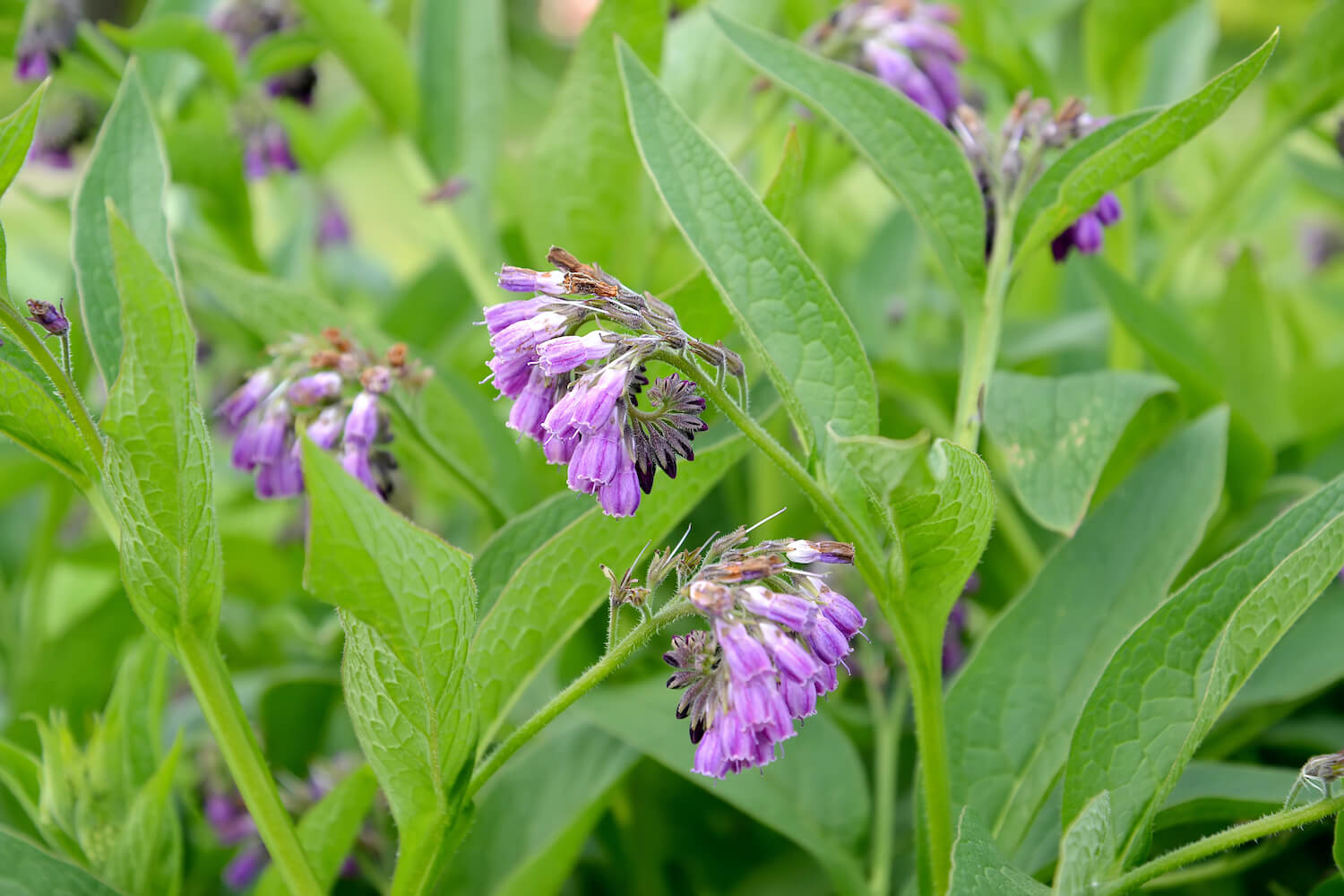
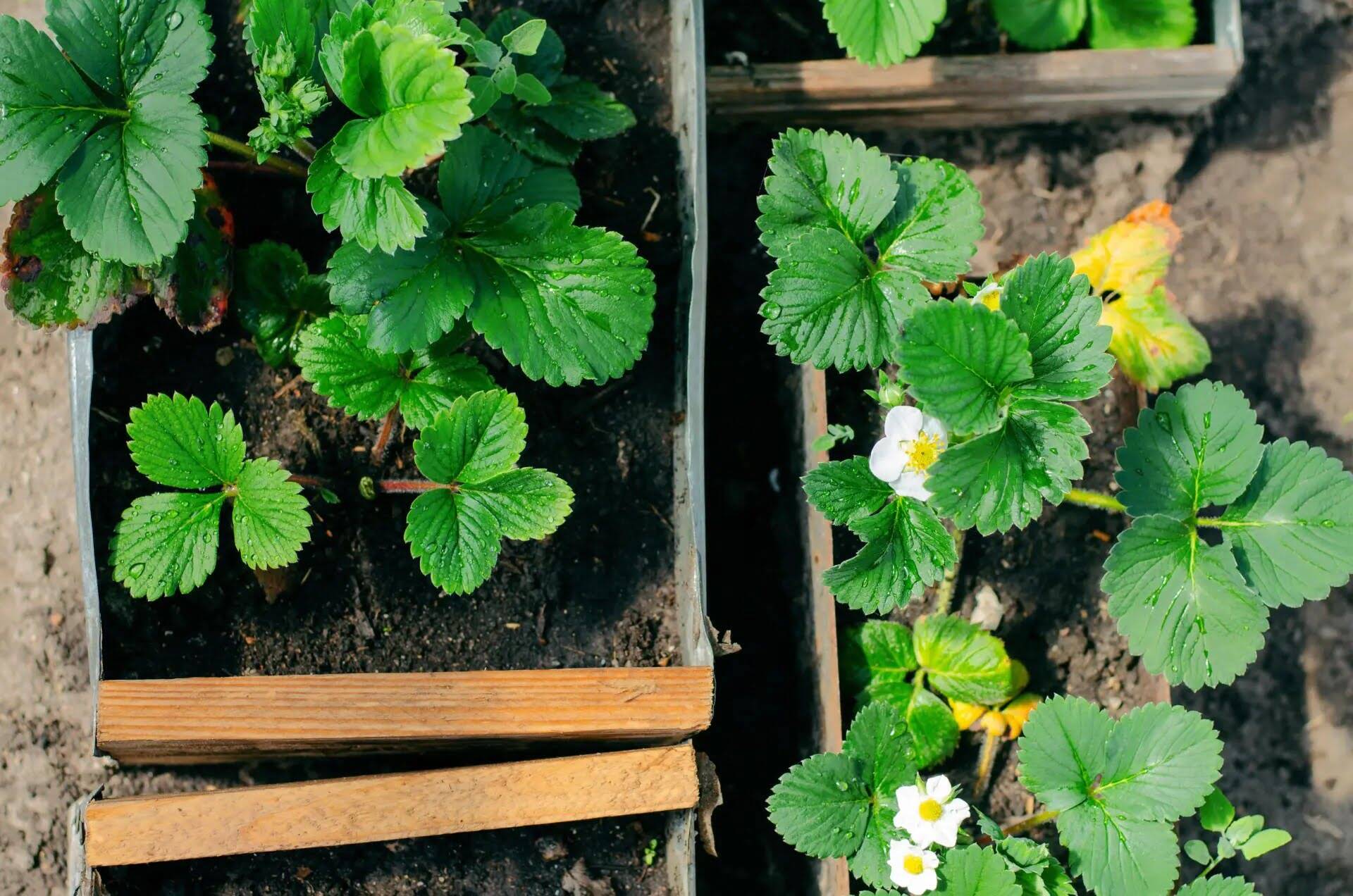
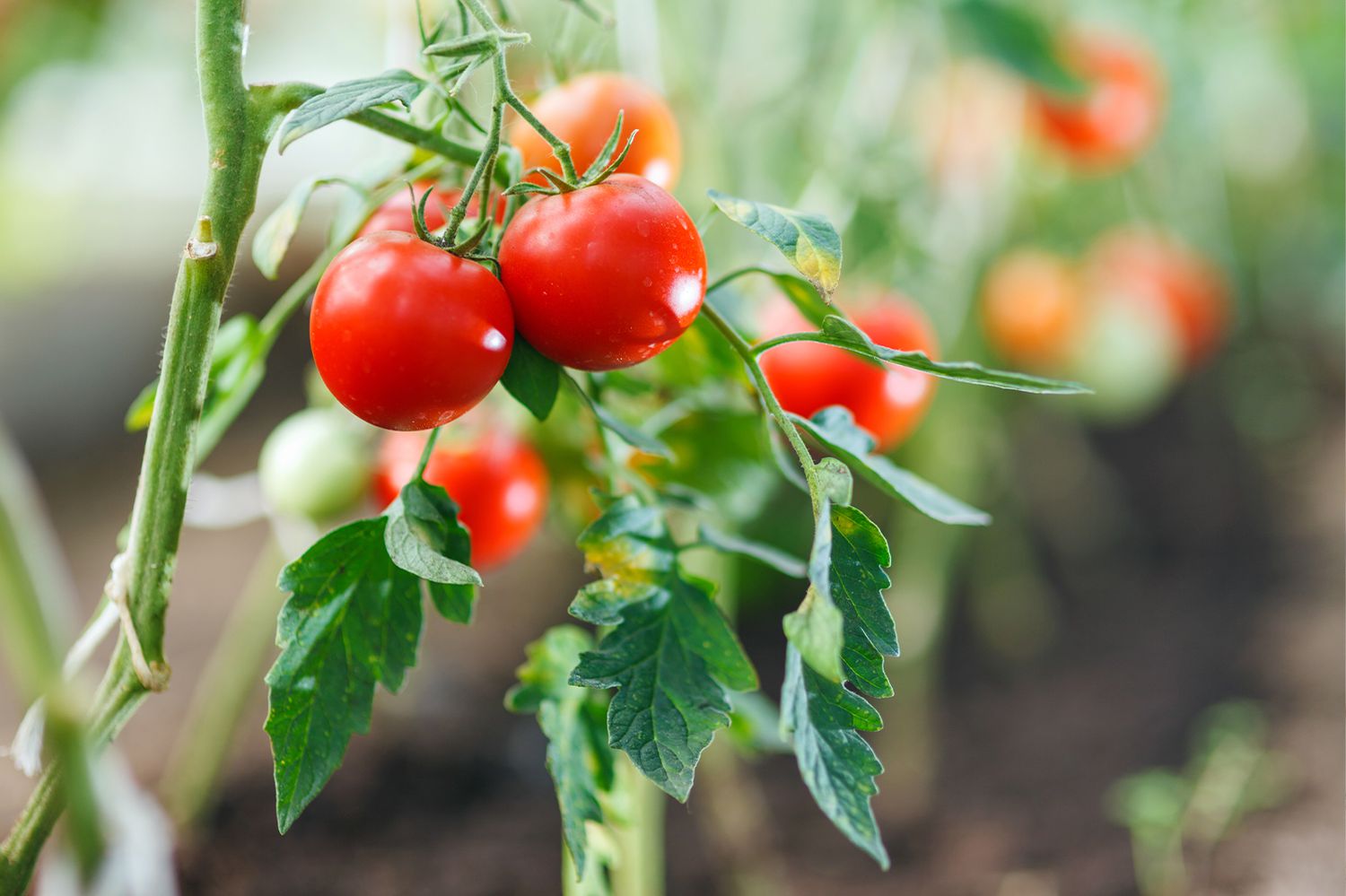
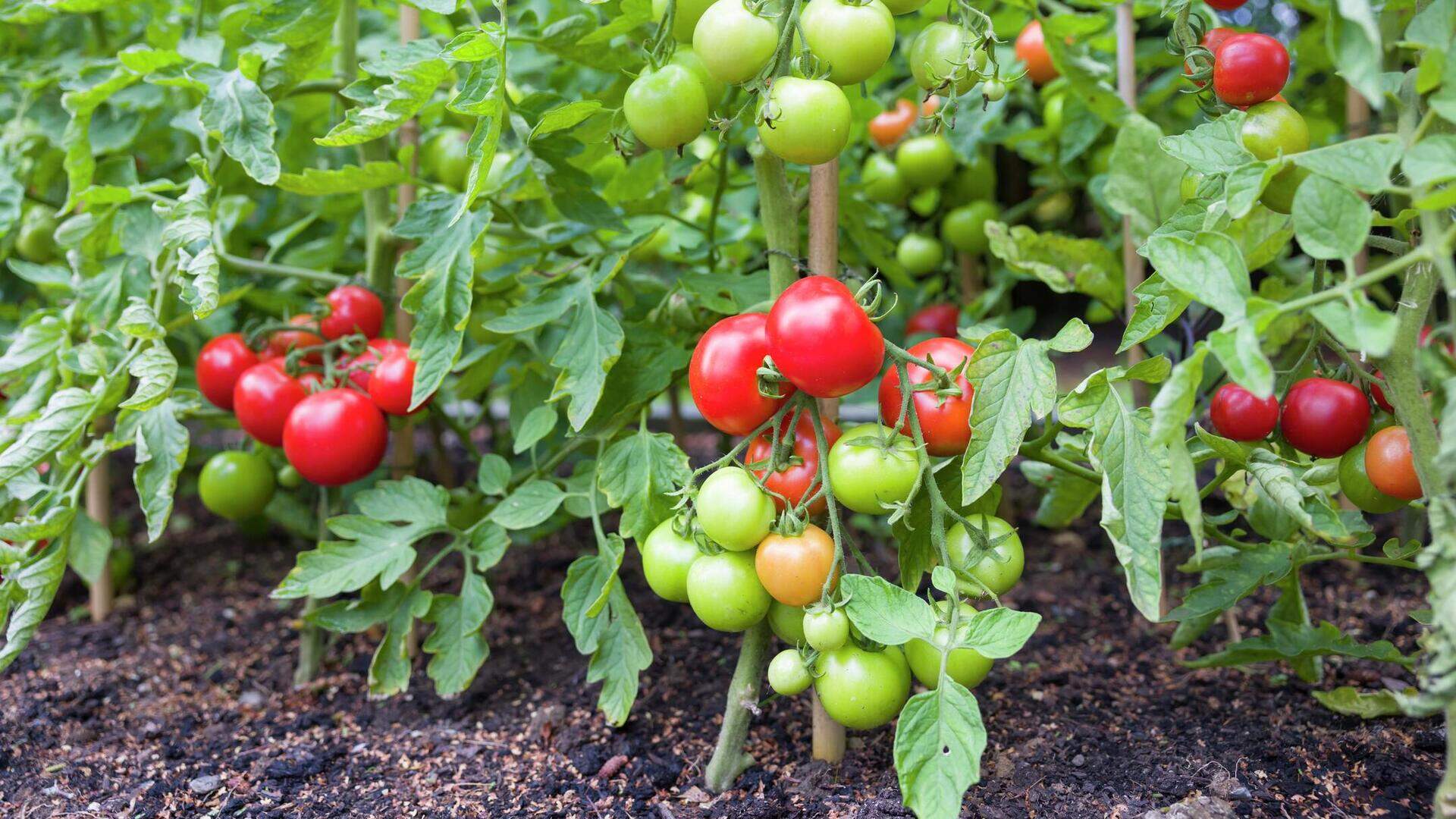
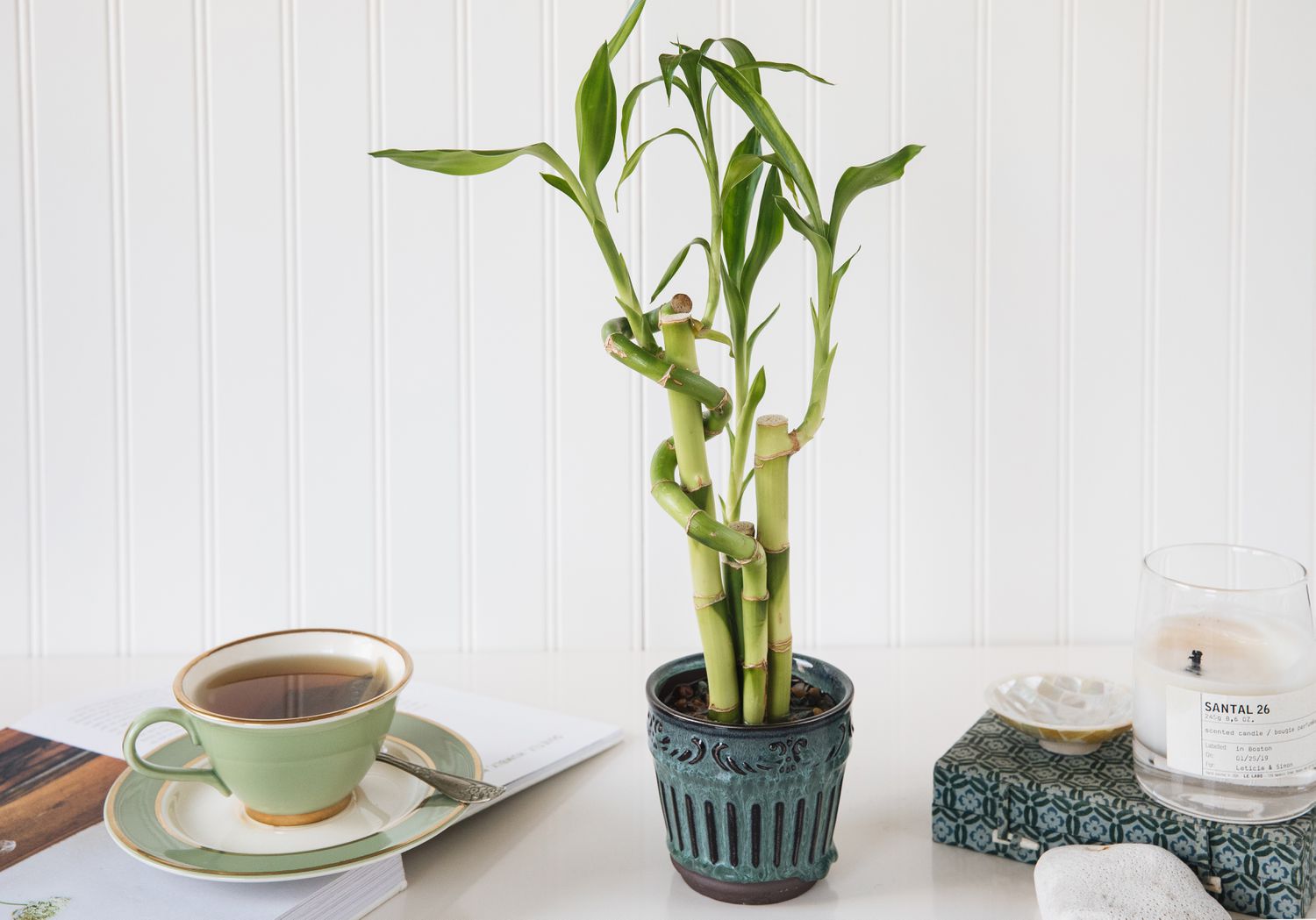
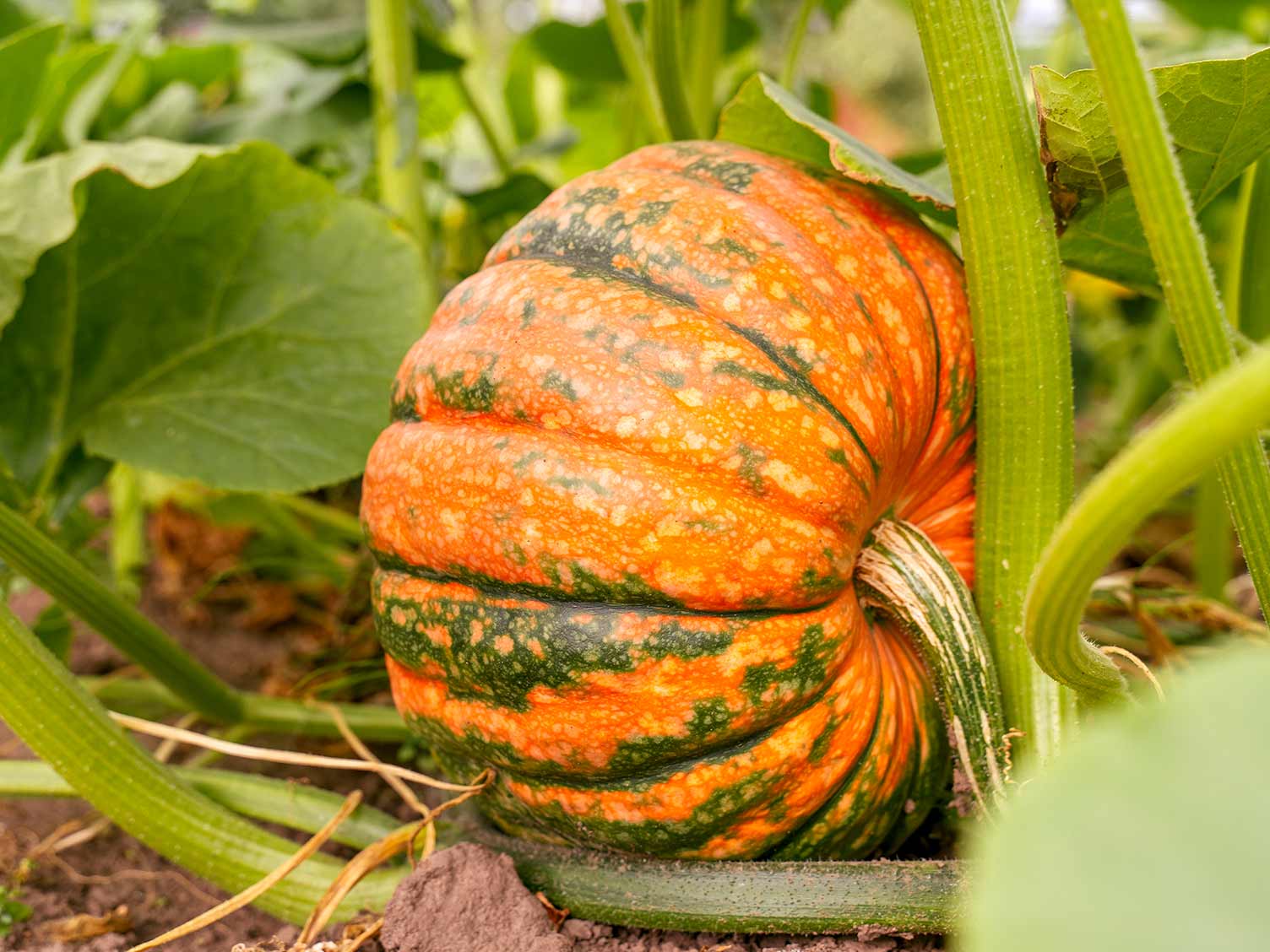
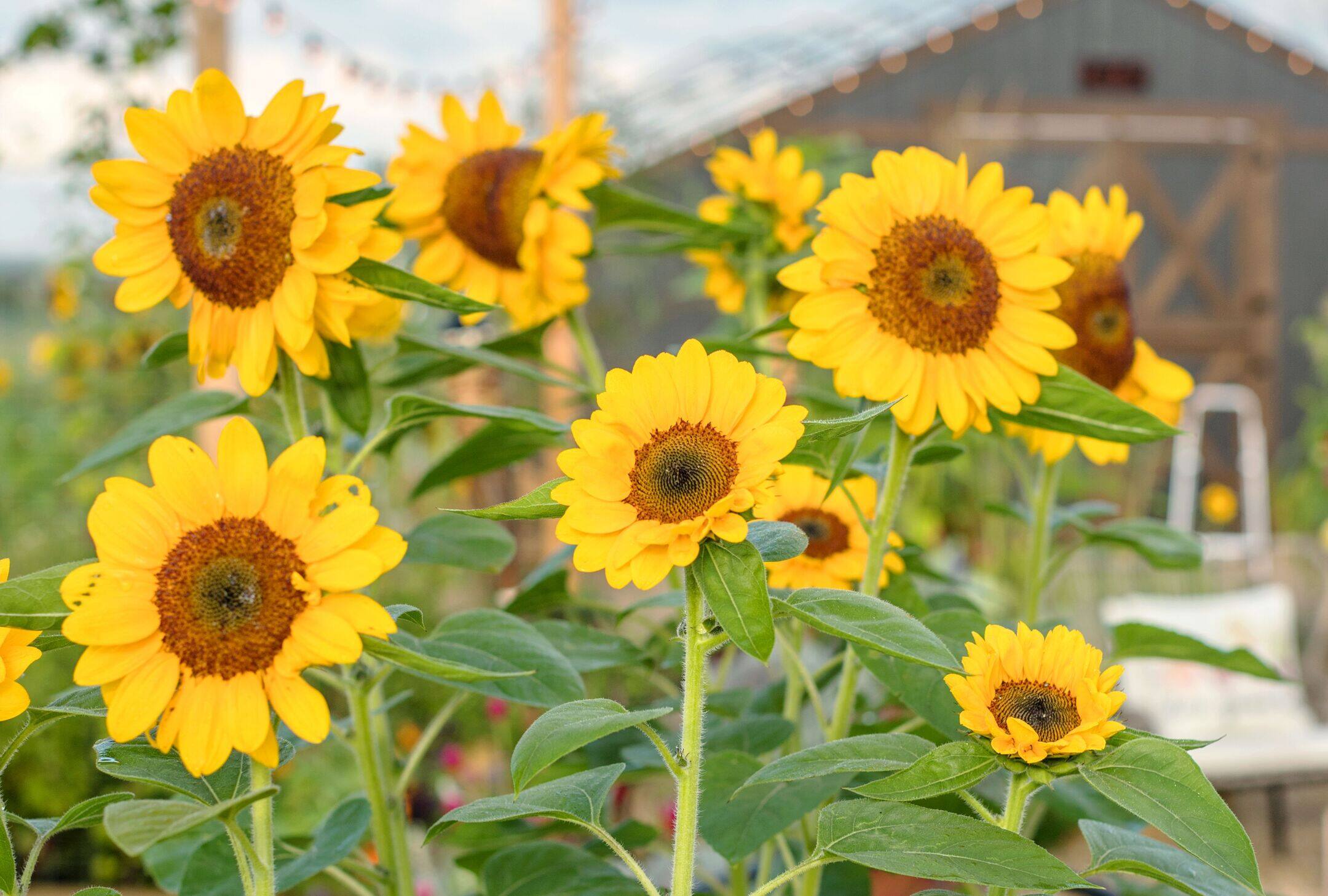
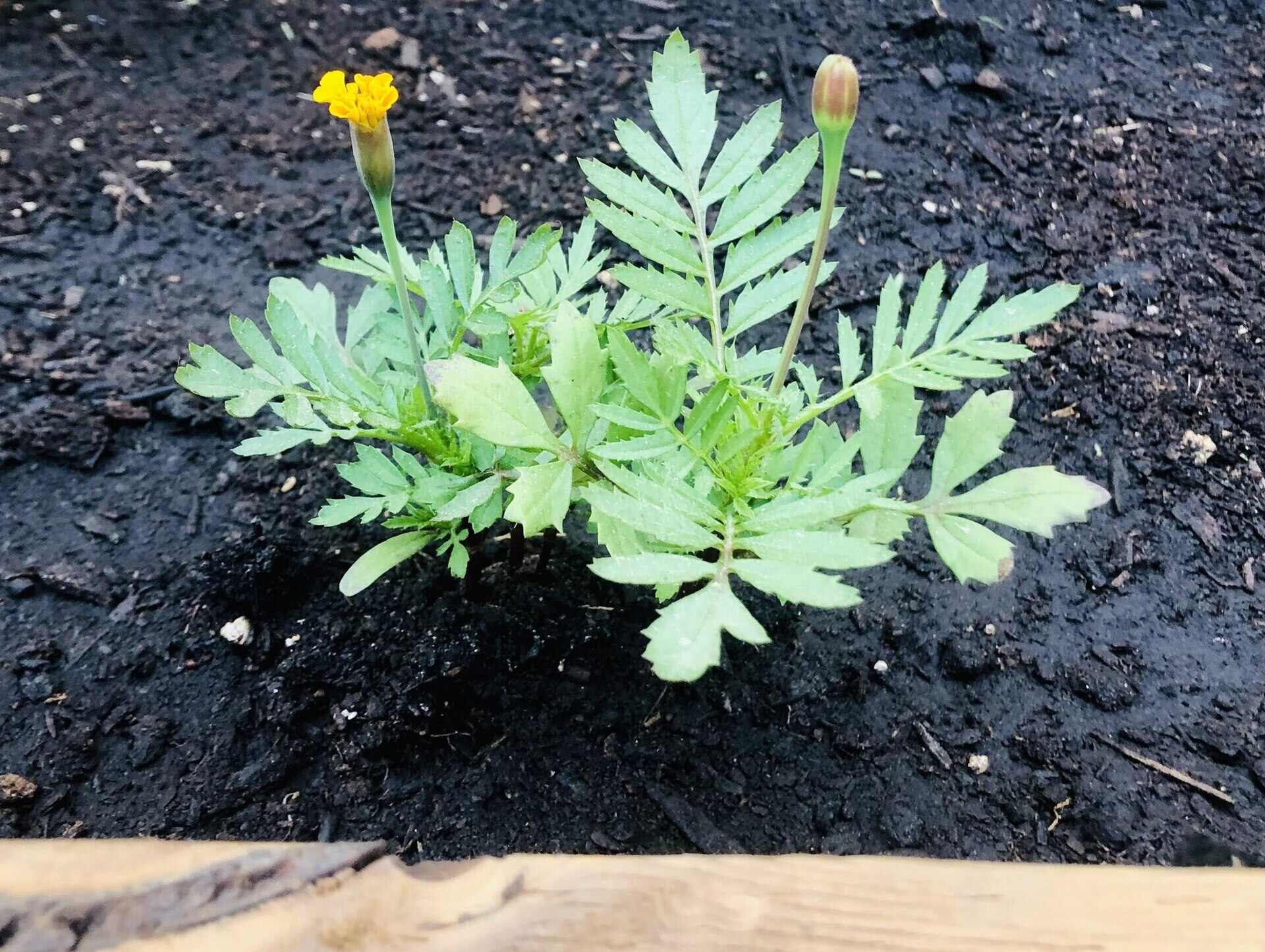
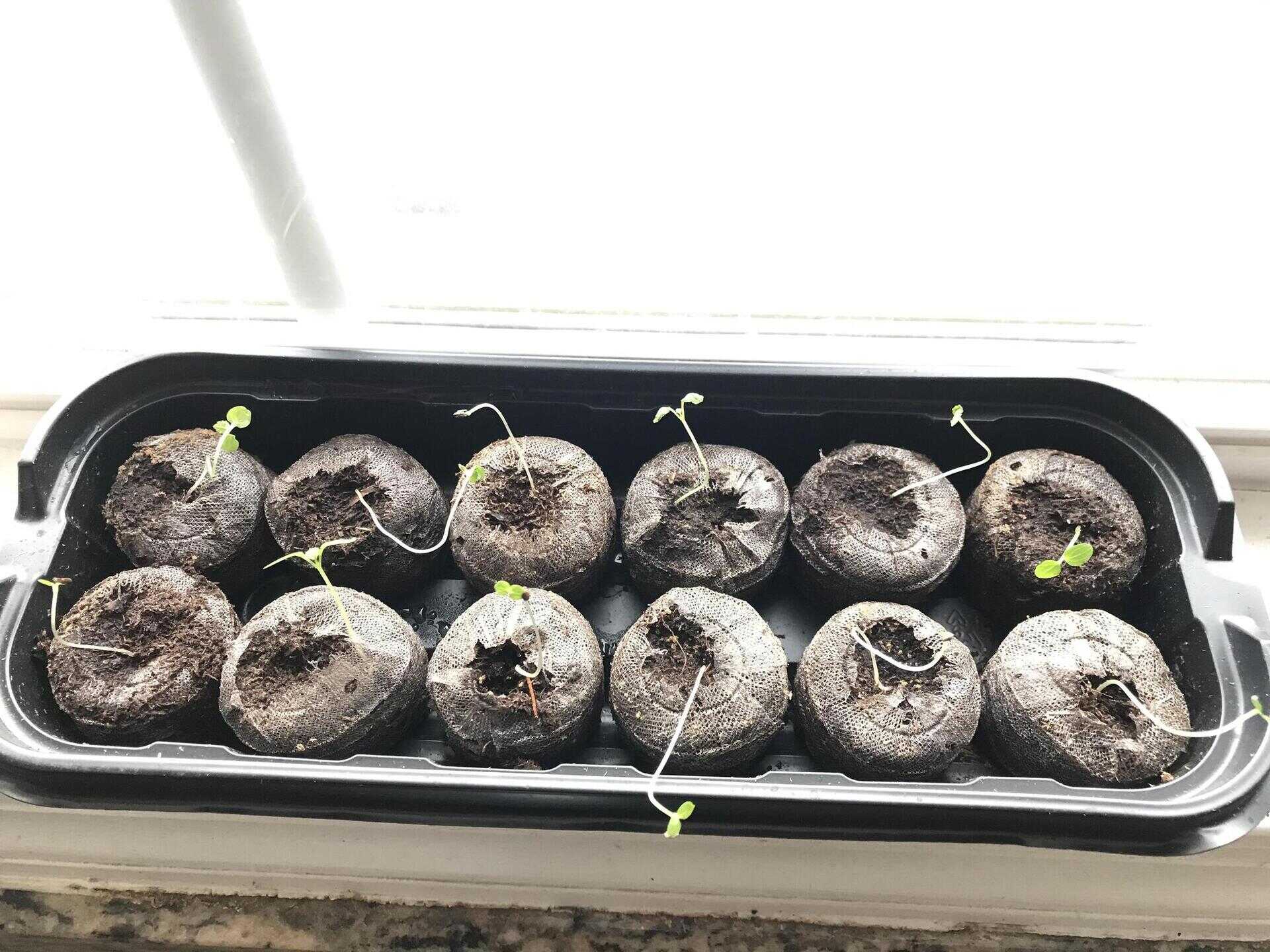
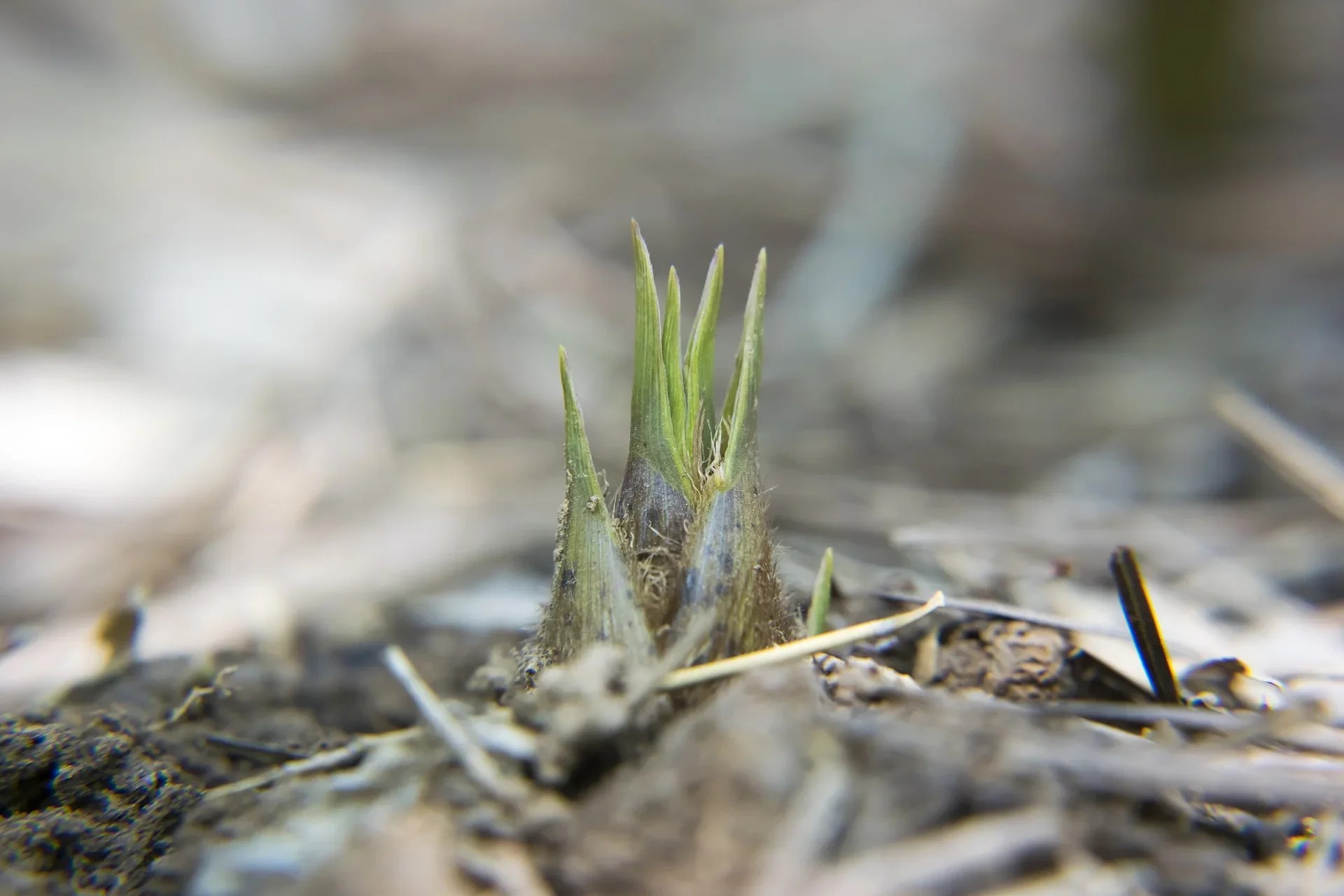
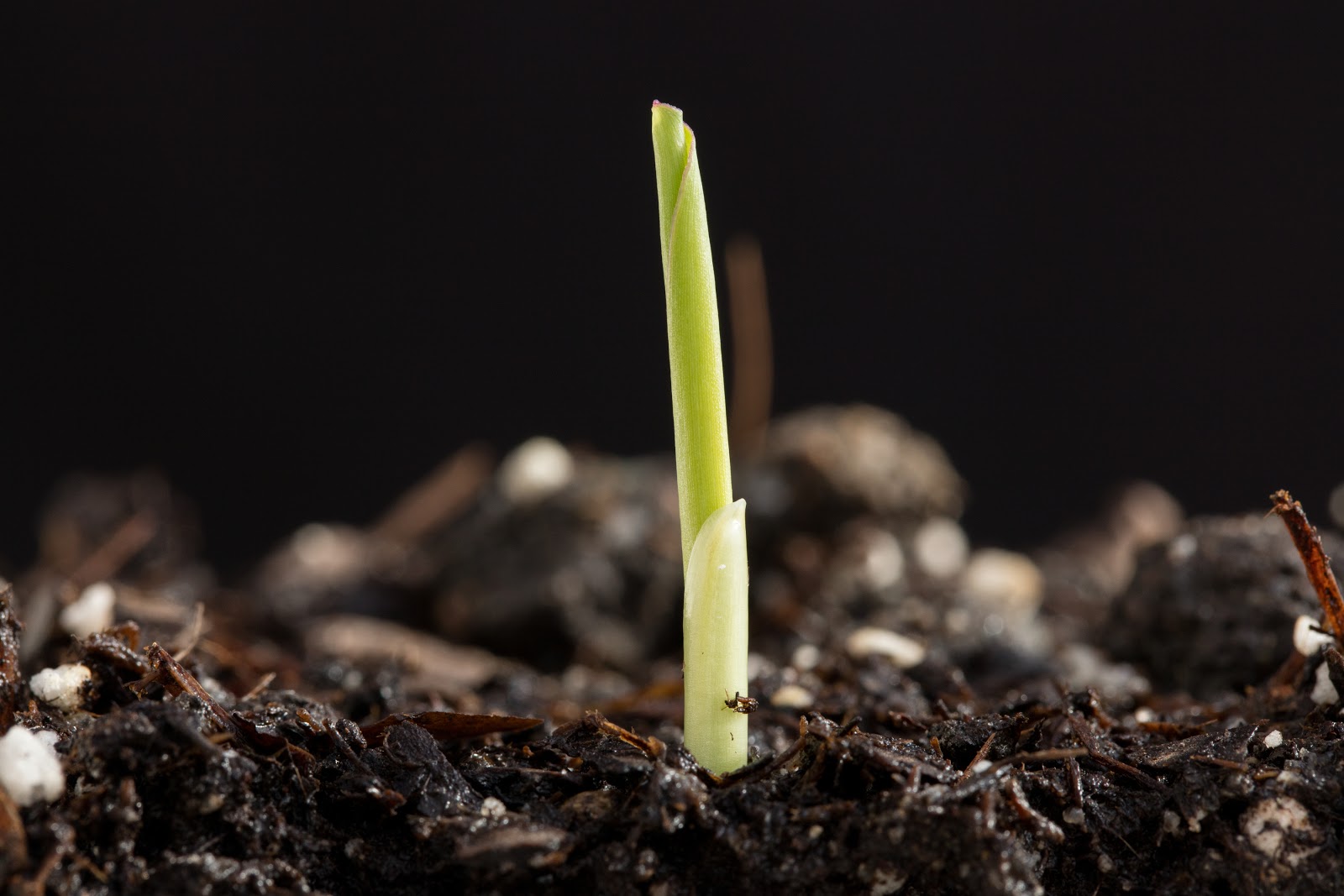

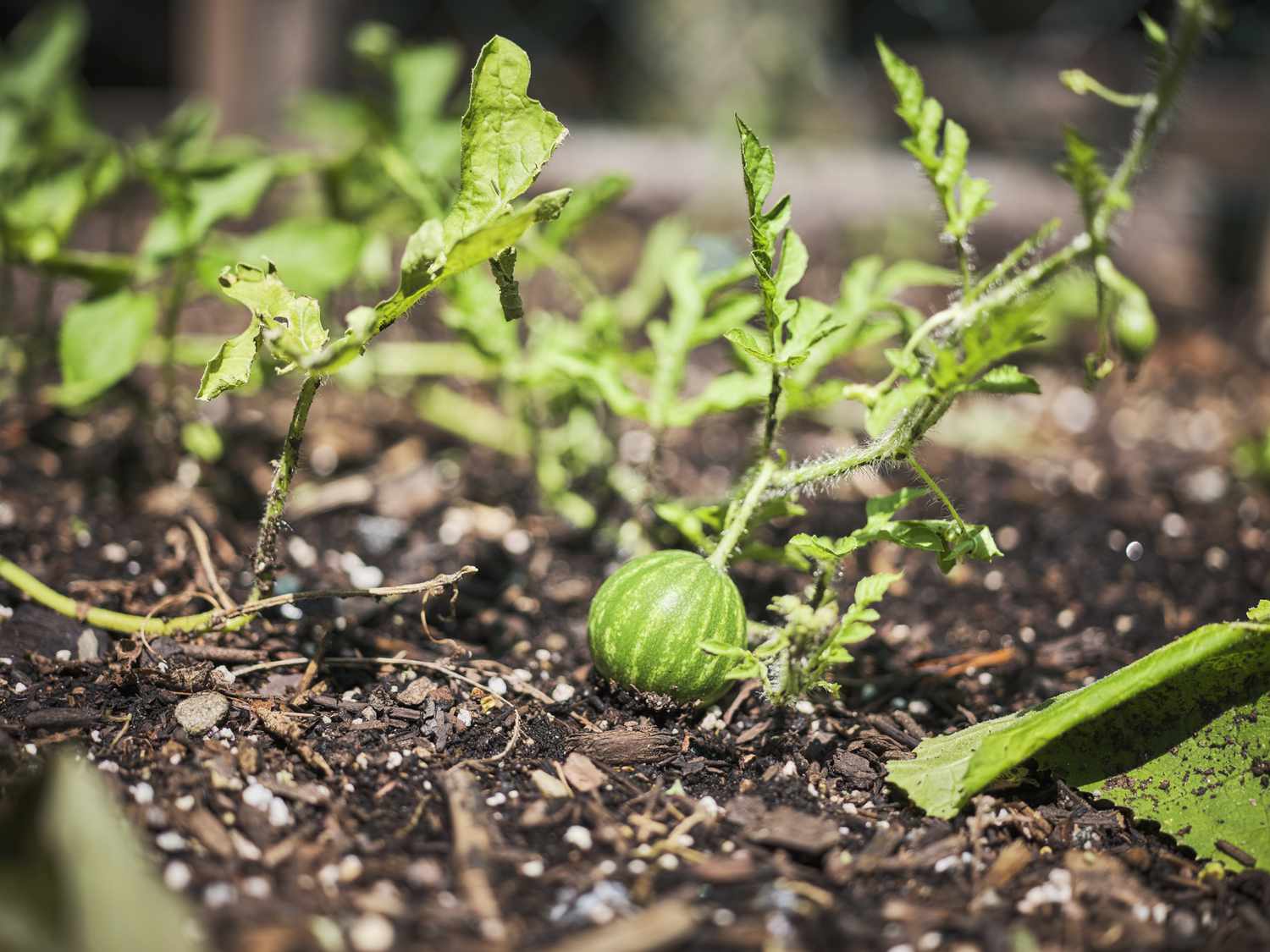
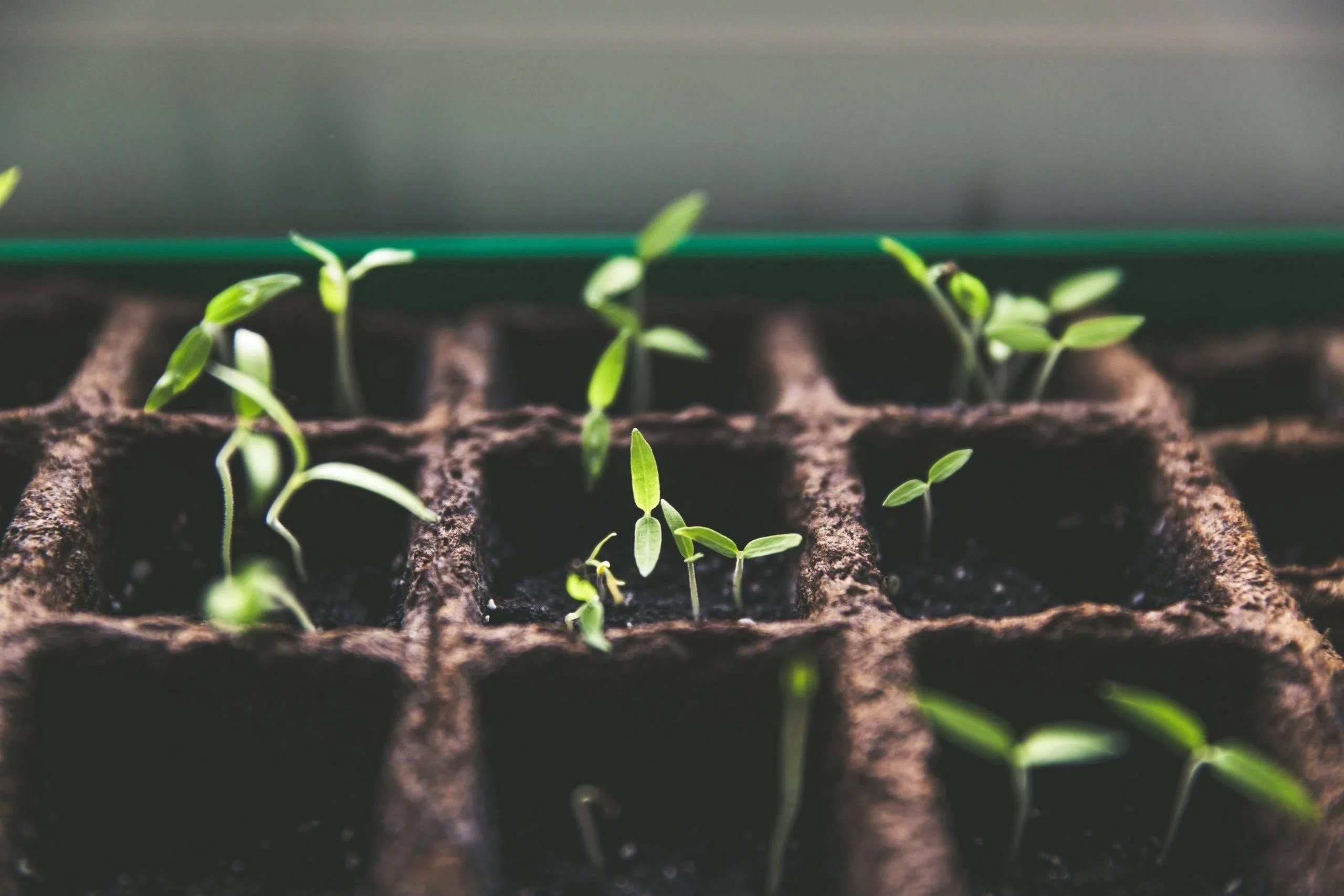

0 thoughts on “How Long Does It Take To Grow Pomegranate From Seed”